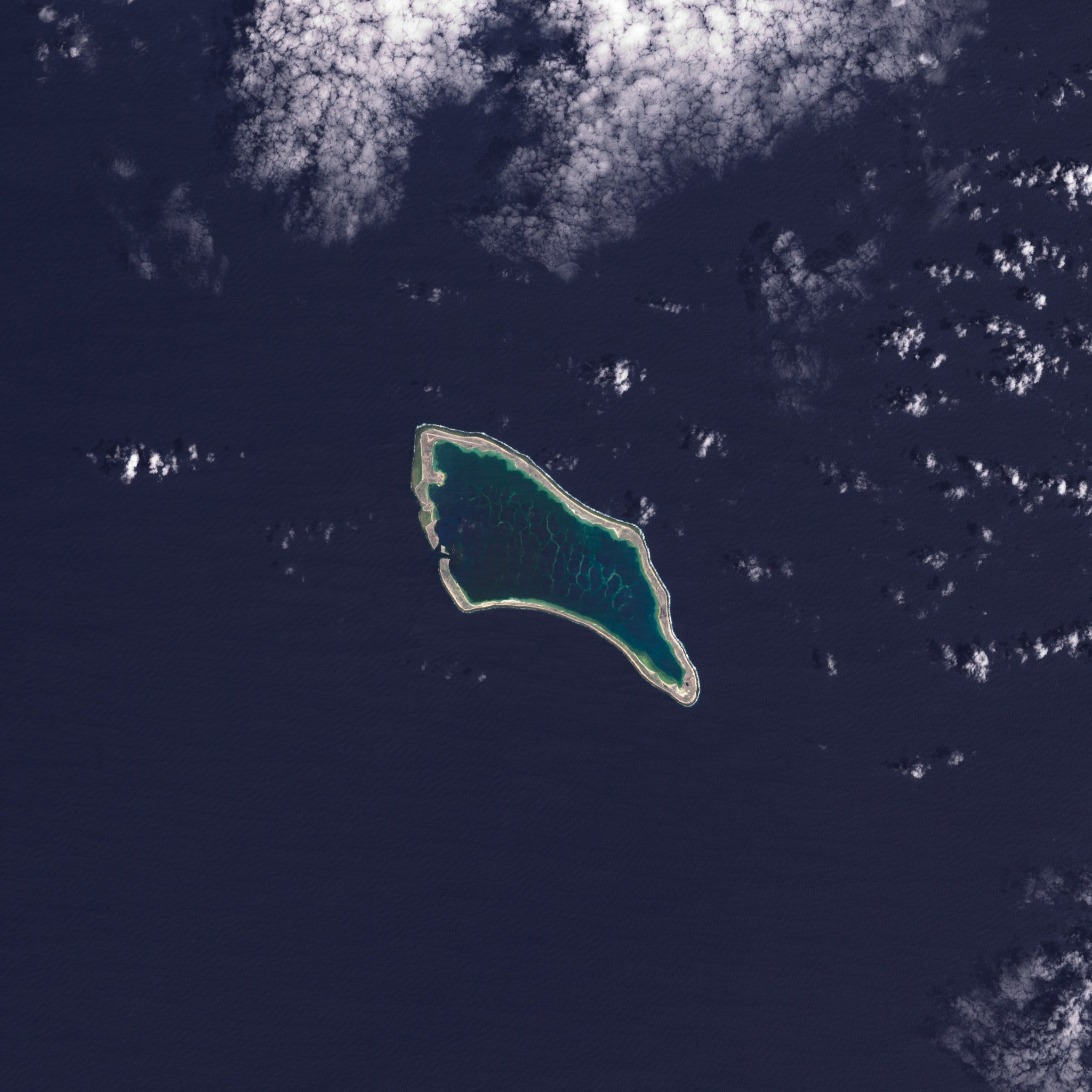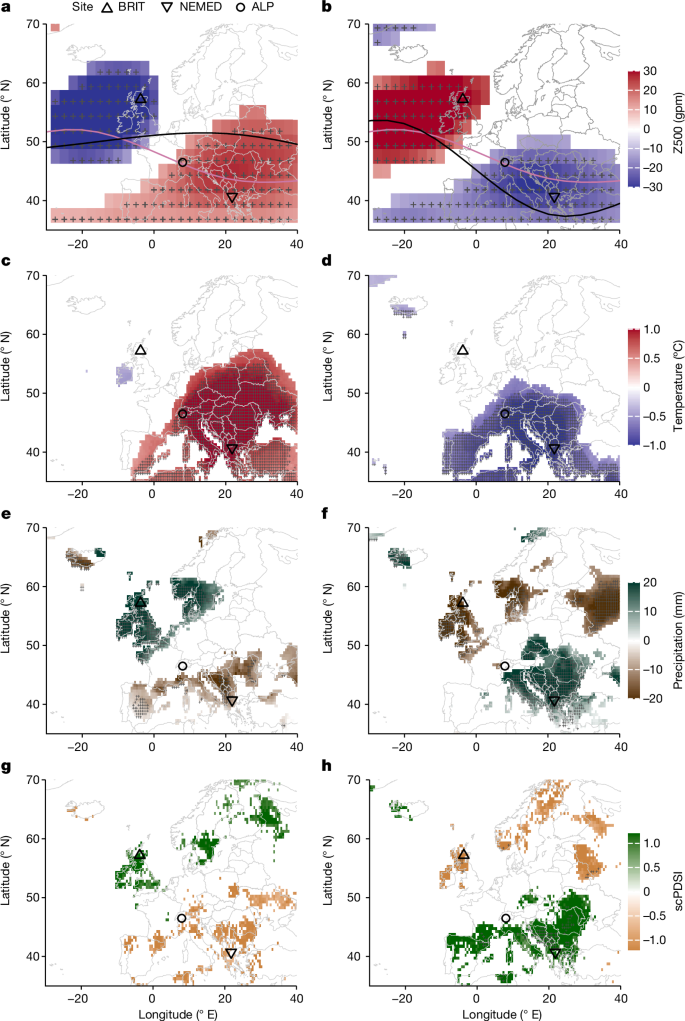2024-09-25 イリノイ大学アーバナ・シャンペーン校
イリノイ大学の研究によると、気候条件が家畜の放牧による窒素流出を軽減できる可能性があり、放牧計画時に気象条件を考慮することが推奨されています。研究チームは、異なる放牧パターンと気象条件下での窒素移動をシミュレーションし、降雨量や放牧密度に応じて水質への影響が変わることを発見しました。気候予測を活用し、放牧数を適応的に調整することで、生産性を最大化しながら環境負荷を最小化する持続可能な放牧が可能となります。
<関連情報>
- https://aces.illinois.edu/news/climate-smart-grazing-u-i-study-shows-how-weather-mitigates-nitrogen-runoff
- https://www.sciencedirect.com/science/article/pii/S0304380024002151?via%3Dihub
放牧と気候の複合的影響を考慮した草地流域における窒素の輸送 Transport of nitrogen in grassed watersheds accounting for the combined influence of grazing and climate
Jeric S. Sadsad, Maria L. Chu, Jorge A. Guzman, Daniel N. Moriasi, Ann-Marie Fortuna
Ecological Modelling Available online: 8 August 2024
DOI:https://doi.org/10.1016/j.ecolmodel.2024.110827

Highlights
- Grazing’s impact on nitrogen loss varies with the prevailing weather conditions.
- Grazing, aligned with climate, minimizes nitrogen loss, boosts livestock production.
- A distributed overland flow model better represents grazing’s nutrient loss impact.
Abstract
A comprehensive modeling framework utilizing MIKE-SHE to investigate the feasibility of enhancing livestock production while concurrently mitigating the impact of grassland ecosystems on surface water quality is presented. In this study, a modeling framework that simulates nitrogen transport was developed using a physically based distributed hydrologic model, MIKE SHE. The model was calibrated and validated using observed overland flow and water quality data from El Reno, Oklahoma’s Water Resources and Erosion Unit watersheds. Different scenarios involving variations in timing, duration, and frequency of grazing activities, stocking rates, and climate conditions were simulated using the calibrated MIKE-SHE model. The goal was to explore the extent of the influence of these aspects of grazing on water quality through these scenario simulations. The results provided valuable insights into the key factors for developing an intelligent grazing decision tool to delineate targeted grazing windows that optimally balance heightened livestock production with environmental sustainability. The study’s findings showed that the observed variability in existing literature originates mainly from climatic differences, with precipitation being the primary driver of nutrient loss, while evapotranspiration and soil moisture conditions are secondary factors. The simulations revealed that the impact of grazing on nitrogen loss in the pasture is evident only when grazing activities, irrespective of the stocking rate, duration, and frequency, occur under weather conditions conducive to nutrient loss in the pasture. These intertwined processes suggest that the impact of grazing on nitrogen loss can only be generalized within the context of the prevailing weather conditions in the pasture. Hence, strategically matching grazing activities with prevailing weather patterns can increase livestock production while promoting environmental sustainability in pasture management.



